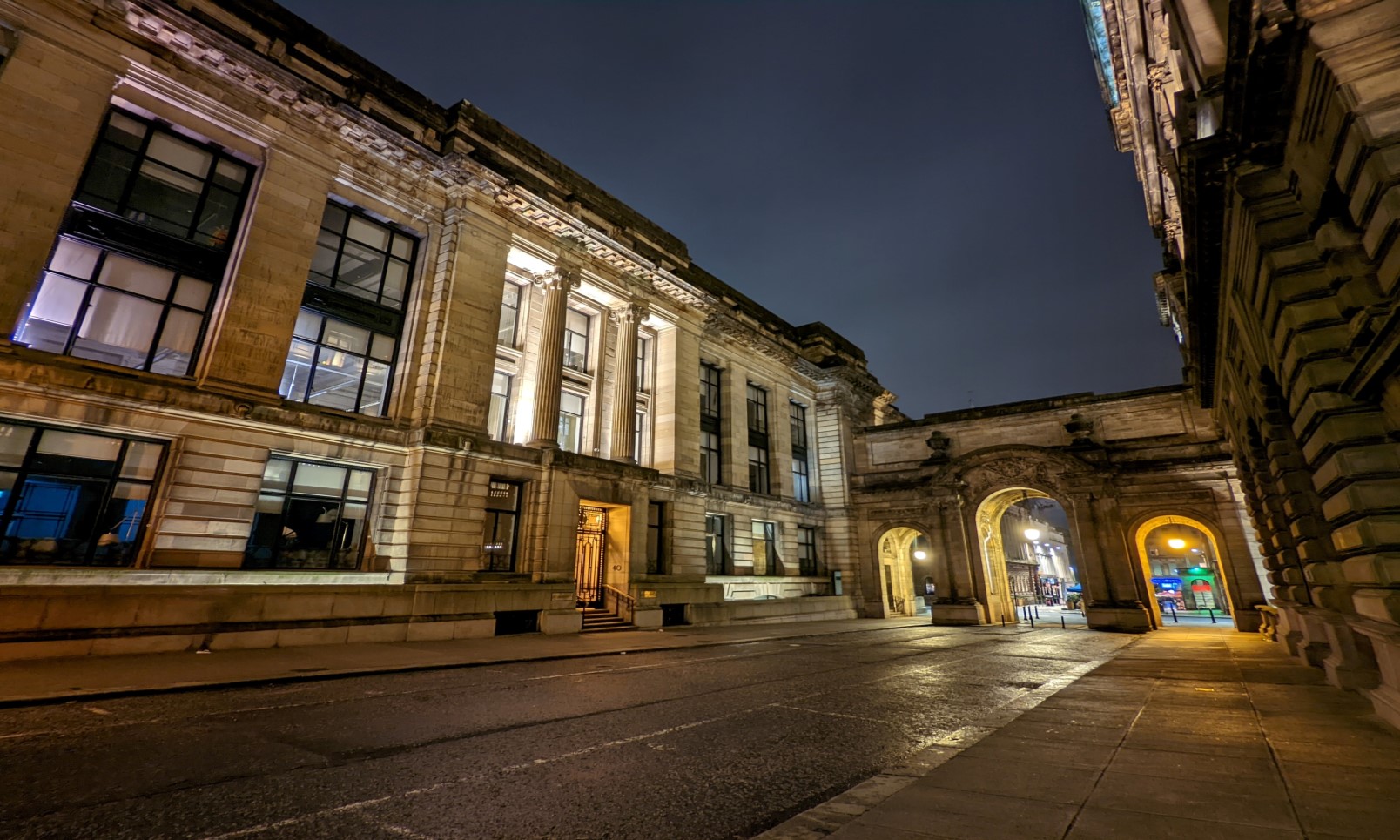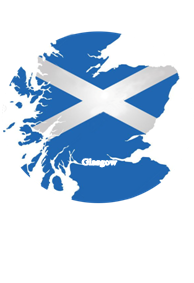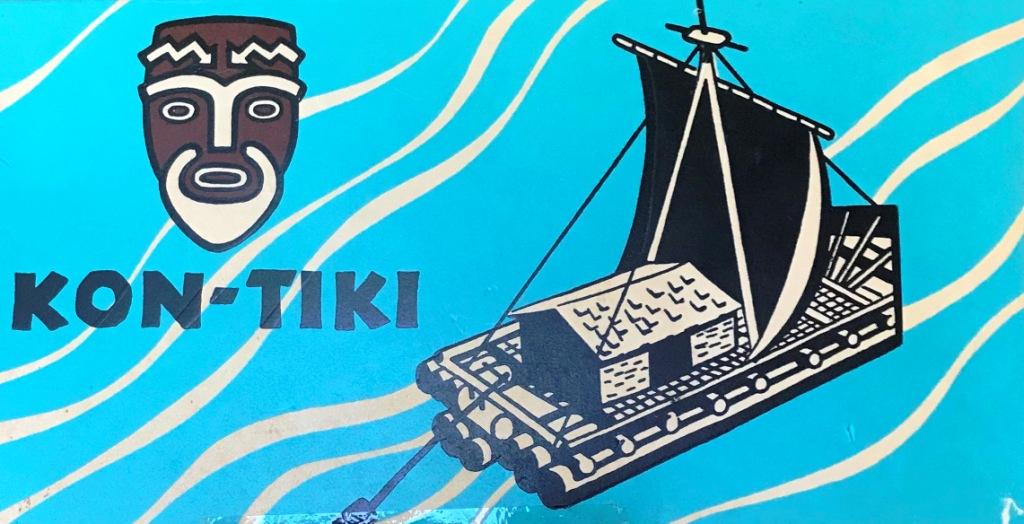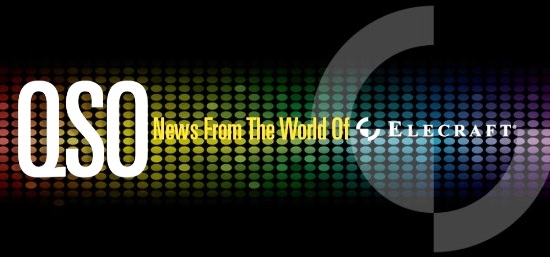Did Marconi Really Cross The Atlantic?
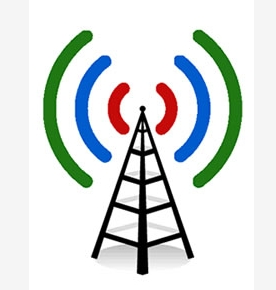 (The Guardian – December 2001)
(The Guardian – December 2001)
“No one could comprehend how it could be done. If you stand on the Cornish coast, facing towards North America, because of the curvature of the earth, there is in front of you a wall of water 100 miles high“
Faking The Waves
A hundred years ago this week, Guglielmo Marconi sent the first radio signals across the Atlantic – or so he claimed. Laurie Margolis on the historic moment that may never have happened
It goes down as one of the great moments in science, along with Newton’s apple and Fleming’s mouldy dish of penicillin: and all it amounted to was three sounds – click-click-click.
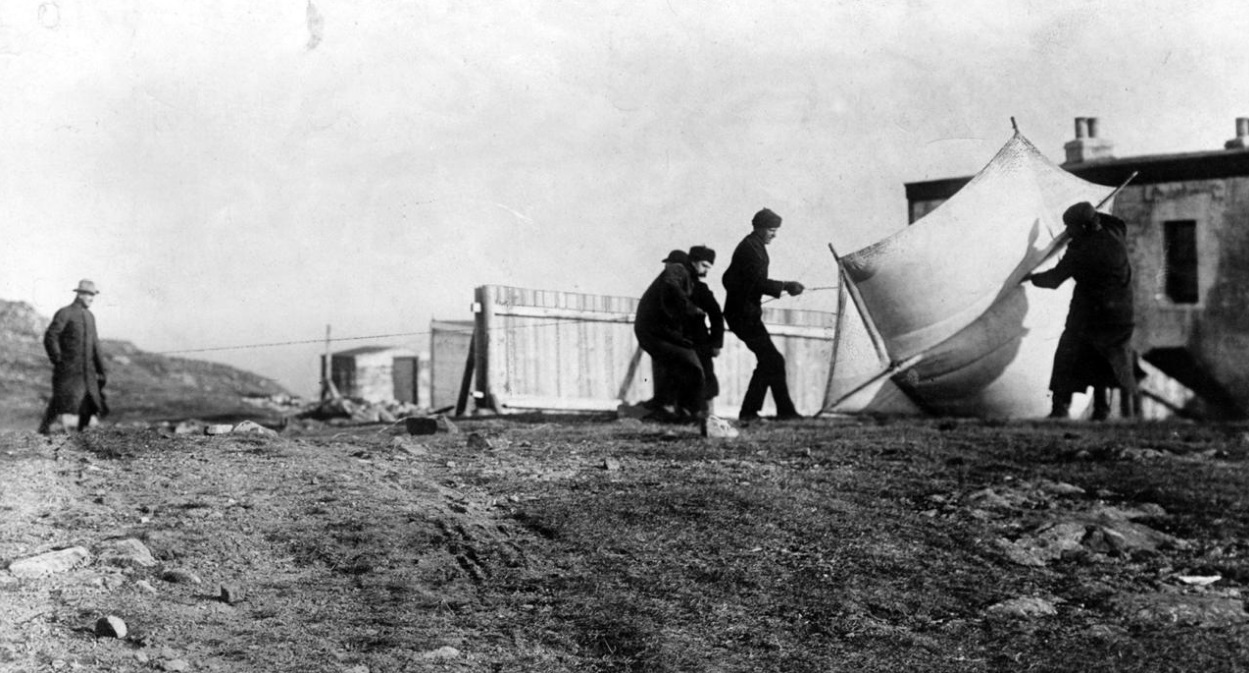
The time was 12.30pm on December 12 1901, at SIGNAL HILL, a gale-swept cliff on the Newfoundland coast. Some 2,200 miles away, at Poldhu in Cornwall, it was 4.30pm, dusk. There, on the southwest coast of England, was a radio transmitter, the most powerful then built, sending groups of three Morse code dots, repeated over and over – the letter S. There is nothing special about S, other than that it comprised only dots. There were fears that anything longer – a dash – might cause the transmitter to break down.
It is the scene in Newfoundland that requires analysis. It shouldn’t have been Newfoundland. The North American end of the experiment was to have been sited at Cape Cod, but dreadful weather had destroyed a huge aerial system built there. So at short notice, on that clifftop, in a hut, were two men – the Italian Guglielmo Marconi, and his assistant George Kemp. They had what passed in 1901 for a state-of-the-art radio receiver connected to a makeshift aerial – 500 feet of wire supported by kites.
Marconi and Kemp waited for three days, their ears battered by atmospheric noise. Picture the scene – Marconi, a 27-year-old Italian-Irishman, brilliant, handsome, well born, a bit flash, ambitious; and Kemp, an ex-petty officer, an assistant chosen for loyalty and workshop skills rather than for academic ability, one of life’s NCOs.
They knew what they hoped to receive: three clicks. And this is extremely important. At 12.30pm, Marconi became convinced he could hear the signal. According to a Science Museum specialist, Keith Geddes, Marconi handed his earphone to Kemp. “Can you hear anything, Mr Kemp?” he demanded. Kemp confirmed that weak but unmistakable signals could indeed be heard. Marconi’s notebook records simply: “Sigs at 12.30, 1.10 and 2.20.” Marconi and Kemp had successfully received the first radio signals ever to cross the Atlantic ocean. It was a massive moment; everything in telecommunications followed on from that click-click-click.
Except that it may never have happened?
It could have been imagination. It could have been made up. Or something may have taken place, but not what Marconi planned. It is one of science’s great unsolved mysteries. The controversy – did Marconi really hear that signal? – rumbled away from the start. Today’s centenary has resurrected all the doubts.
Pat Hawker, a writer for the Radio Society of Great Britain’s journal, Radio Communication, says: “Many radio-propagation experts are convinced that whatever clicks Marconi and Kemp heard on that windy Newfoundland cliff, they could not have originated from the three dots automatically transmitted from Poldhu.” The late Gerald Garratt, a top man at the Science Museum in the 1970s, wrote: “The story has been described by many, competent to judge, as ‘a hoary old myth’, and certainly, when one examines the undoubted facts, Marconi’s claim does seem to be quite incredible.” Dr John Belrose, of the Communications Research Centre in Canada, says: “There are those who say he misled himself and the world into believing that at mospheric noise crackling was in fact the Morse code letter S.”
So why the doubts? Guglielmo Marconi was the issue in 1874 of an Italian aristocrat and an Irishwoman, Annie Jameson, from the whiskey family. Marconi was a dilettante but also a fine craftsman who loved physics. In 1894 he sent a signal a few yards. A year later he managed more than a mile. He took his findings to the Italian authorities, who were supremely uninterested, arguing that the telegraph, using wires, could already send signals long distances.
Annie Marconi was ambitious for her boy and took him to England, figuring that the world’s premier maritime power would appreciate a communications system without wires. She was right. Marconi, barely in his 20s, thrived in England.
There are parallels between the internet explosion of the 1990s and the radio boom of the 1890s. Both were new technologies, little understood, but about to emerge with unpredictable force. Marconi realised that if he could make radio work, he could make a fortune. He progressed fast. In July 1896 he sent signals a mile over central London; by September, two miles across Salisbury Plain. By May 1897, Marconi was transmitting across the Bristol Channel; in December that year from the Isle of Wight to a ship in the English Channel. He registered a business, which became Marconi’s Wireless Telegraph Company Ltd. How poignant that commercial disaster should befall the Marconi company precisely 100 years on.
Marconi, by now enjoying celebrity, linked Queen Victoria’s Isle of Wight home, Osborne House, and the royal yacht lying off Cowes, so that Victoria could monitor the health of the convalescent Prince of Wales. In 1899, he set up a circuit between the French resort of Wimereux and Dover. This worked well. The Wimereux signals were heard clearly in Chelmsford, 80 miles away. This was hugely important: for the first time, radio signals went way beyond a line-of-sight path.
The mechanism for this was unknown in 1899, and still has something of the magical about it. Just how does an ordinary short-wave signal, using the power of a light bulb, cross the globe? The answer is the ionosphere, a zone of the atmosphere 50 miles up. The ionosphere bounces short-wave radio energy across the world by bending signals back to earth.
By 1900 the new company was under financial pressure. In typically flamboyant style, Marconi went for the most dramatic gesture possible. He would transmit across the Atlantic. The scale of his ambition was fantastic. The longest radio contact so far had been 80 miles. Marconi was going for 2,000-plus miles. The scientific world, and his business associates, were stunned. No one could comprehend how it could be done. If you stand on the Cornish coast, facing towards North America, because of the curvature of the earth, there is in front of you a wall of water 100 miles high. How could anyone get a radio signal over that?
And so to December, 1901, and whatever did or didn’t happen. Marconi built a massive aerial at Poldhu. It was destroyed by gales and a more modest system was substituted.
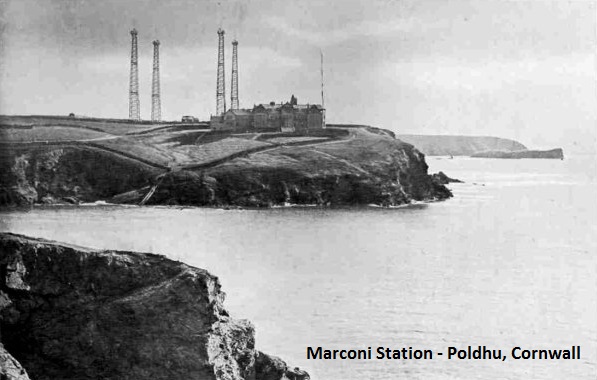
The receiving aerial on Cape Cod was also blown down, and the site in Newfoundland had to be established. The transmitter in Cornwall was a beast of a thing, generating thousands of watts of power. The receiver in Newfoundland was crude in the extreme.
The major obstacle to accepting Marconi’s achievement lies in an understanding of radio propagation. Sure, the ionosphere can easily aid signals across the world on short wave. The problem is that, as far as can be judged, Marconi’s equipment was transmitting in what we now know as the medium wave, or the AM broadcast band, between about 500 and 850 kilohertz. Now, even medium-wave signals can go long distances – but only at night. On a daylight path – and it is absolutely crucial that the Cornwall-Newfoundland path was entirely in daylight – medium-wave signals fade quickly. It is defying credibility to suggest that Marconi could have got his signal from Cornwall to Newfoundland on the medium wave in daylight, however powerful his transmitter or huge his aerials. Mathematical analysis says it is impossible. The later reception reports, at 1.10pm and 2.20pm Newfoundland time, are slightly more believable, as the transatlantic path edges into darkness, but still implausible.
So what happened? No one has ever suggested that Marconi and Kemp lied, though certainly they had motive and opportunity to make it up. There were no independent witnesses. Marconi had good financial reason to hype his achievement. On occasion, people close to a major breakthrough have fabricated success. But Marconi’s honesty has never been impugned, and Kemp’s rather stolid NCO qualities make it unlikely that he would have gone along with a massive fib.
Could they have imagined it? Possibly. They knew what signal was coming. The experiment would have been so much more impressive if the message had been unknown or random, a double-blind test. There would have been atmospheric noise and electrical hash. Might Marconi, willing success, have hallucinated three clicks in all that racket? His reputation was on the line. And people who want to hear things sometimes hear them even if they aren’t really there.
But there is another explanation, a technical one that exonerates Marconi from fabrication or imagination. It lies in the simplicity of the equipment. Modern radios need three qualities; sensitivity, the ability to hear a signal; stability, the ability to stay on the required frequency; and selectivity, to sort out the wanted signal from all the other radio rubbish. Marconi’s gear had little of any of these. His receiver may well have been picking up a large chunk of the radio spectrum, not just the frequency he intended. Likewise, his transmitter, though theoretically broadcasting in the modern-day medium-wave band, may well have been blasting away across a wide range, generating harmonics and spurious transmissions on much higher frequencies.
It is possible that, entirely unknown to him, Marconi was using a short-wave frequency well above the medium wave. This part of the spectrum was terra incognita in 1901, but was soon found to allow easier long-distance coverage. So maybe Marconi and Kemp really did hear the Ss, but with their equipment transmitting and receiving on quite unexpected frequencies.
Even if Marconi wasn’t quite there in 1901, he was thereabouts. Within a year he had established reliable communication with ships over 2,000 miles away, albeit at night. By the 1920s the Marconi Company linked the entire British empire by radio.
Marconi’s later years were troubled. In 1923 he returned to Italy and joined the fascists, to the delight of Mussolini. He sought a messy marriage annulment and suffered heart trouble. In 1935 he was banned from the BBC by Sir John Reith – a bitter irony for the founder of broadcasting. When he died in Rome in 1937, radio stations the world over went silent for two minutes in tribute.
Original Article – https://www.theguardian.com/education/2001/dec/11/highereducation.news
Snips – News For Scotland – 18th August
The news headlines:
- IARU prepares for key CEPT meeting
- YOTA 2019 finishes this weekend
- 146MHz band gets extra year
Also:
Next weekend, on the 24th and 25th, the Montrose Air Station open Day and Radio Rally will take place at Montrose Air Station Heritage Centre, Waldron Road, Broomfield, Montrose DD10 9BD. It is an indoor event and tables are available to sell your own equipment. The event opens to the public from 10am. Minor catering will be available. Details from Ewan, MM0BIX on 01674 676 740.
And at the Clubs:
Dundee Amateur Radio Club is taking part in International Lighthouse & Lightships weekend today. There’s a club night on Tuesday. The 2m drop-in net is on Wednesday from 7pm on GB3AG. Contact Martin, 2M0KAU, on 0776 370 8933.
Aberdeen Amateur Radio Society is at Todhead Lighthouse today for the second day of its International Lighthouse and Lightship Weekend event. On Thursday there’s a presentation on a pioneering voyage by Graham, GM4OBD. Contact Fred Gordon, GM3ALZ, on 01975 651 365.
West of Scotland Amateur Radio Society has a Solder Group meeting on Wednesday, and Friday sees a club night Chaired by Bill 2M0WWC who is also giving a talk on Hellschreiber . Details are online at wosars.club
On Monday Edinburgh & District Amateur Radio Club has its net. Contact Norman, GM1CNH, on 0774 094 6192.
On Tuesday Kilmarnock & Loudoun Amateur Radio Club has an activity and training night. Contact Len, GM0ONX, via email to klarcinfo@gmail.com
On Thursday Lomond Radio Club has a club night. Contact Barrie, GM4HEL, via gm0kzx@googlemail.com
On Thursday Wigtownshire Amateur Radio Club is tidying up after GB2LG. Contact Clive, GM4FZH, via email to info@GM4RIV.org
On Friday Mid Lanarkshire Amateur Radio Society is having a club night, tuition and radio operations evening. More information from Joseph, 2M0JHY, via email to mlarsclub@gmail.com
Snips – News For Scotland – 11th August
The news headlines:
- Record numbers visit NRC
- YOTA 2019 in Bulgaria
- ILLW next weekend
Region 1, Scotland South and Western Isles, has a number of vacancies for district representatives.
District 13, Ayrshire, Dumfries and Galloway, District 16, the Borders, and District 17, Stirling, Falkirk and Clackmannanshire, are all vacant.
If you would like to know more about the role and what it entails, contact the Regional Manager for Region 1, Tony Miles, MM0TMZ by email to rr1@rsgb.org.uk.
CLUB NEWS:
Dundee Amateur Radio Club is having a club night on Tuesday. The 2m drop-in net is on Wednesday from 7pm on GB3AG. Next Saturday and Sunday sees operations for International Lighthouse and Lightships weekend (ILLW). Contact Martin, 2M0KAU, on 0776 370 8933.
On Wednesday Inverness and District Amateur Radio Society is having a club night. Next Saturday and Sunday sees operations for International Lighthouse and Lightships weekend. Contact John, GM0OTI, via email to InvernessRadioSociety@gmail.com.
West of Scotland Amateur Radio Society has a Solder Group meeting on Wednesday. Friday sees a Club Night with Jack GM4COX in the Chair. Details are online at wosars.club.
On Thursday Aberdeen Amateur Radio Society is preparing for Lighthouse Weekend. ILLW operations from Todhead Lighthouse take place next Saturday and Sunday. Contact Fred, GM3ALZ, on 01975 651 365.
On Thursday and Friday Wigtownshire Amateur Radio Club is setting up for IILW. Saturday sees GB2LG on the air from Mull of Galloway. Details from Clive, GM4FZH, via email to info@GM4RIV.org.
On Monday Edinburgh and District ARC has its net. Contact Norman, GM1CNH, on 0774 094 6192.
On Tuesday Kilmarnock and Loudoun Amateur Radio Club has an activity and training night. Contact Len Paget, GM0ONX, via email to klarcinfo@gmail.com.
On Wednesday Lothians Radio Society has an informal gathering at Wee Bennet’s Bar, Edinburgh. Details from Andy Sinclair, MM0FMF, via email to secretary@lothiansradiosociety.com.
On Thursday Lomond Radio Club has a club night. Contact Barrie, GM4HEL, via gm0kzx@googlemail.com.
On Friday Mid-Lanarkshire Amateur Radio Society is having a club night with tuition and radio operations. Contact Joseph, 2M0JHY, via email to mlarsclub@gmail.com.
On Saturday Ayr Amateur Radio Group has its field day operating GS0AYR at the Dark Skies Observatory, Dalmellington, from 8am to 6pm. Details from Derek, MM0OVD, on 0744 793 1941.
Next weekend Cockenzie and Port Seton Amateur Radio Club is taking part in Lighthouse Weekend, operating GB2LBN at Barns Ness. More information from Bob, GM4UYZ, on 01875 811 723.
Moray Firth Amateur Radio Society will be activating Covesea Skerries Lighthouse for Lighthouses on the air weekend from 10am to 4pm next Saturday and Sunday. Contact Paul, GM8HWZ, on 0796 717 1189.
Snips – News For Scotland – 4th August
The news headlines:
• WRC-19 – Request to Support 50MHz
• Celebrating W5LFL from space
• RSGB Convention news
From this Sunday to next Sunday, Cockenzie and Port Seton Amateur Radio Club has activity days. Friday sees the 26th annual Mini Rally night. More information from Bob, GM4UYZ, on 01875 811 723.
On Monday Edinburgh and District Amateur Radio Club has its net and on Friday will attend the Cockenzie and Port Seton Mini Rally. Contact Norman, GM1CNH, on 0774 094 6192.
On Tuesday Dundee Amateur Radio Club is holding an Intermediate exam. Wednesday sees the drop-in net on GB3AG from 7pm. Contact Martin, 2M0KAU, on 0776 370 8933.
On Wednesday West of Scotland Amateur Radio Society has a Solder Group meeting. Friday sees a visit to the Port Seton Mini Rally. Contact Jack, GM4COX, via wosars.club.
On Tuesday Kilmarnock & Loudoun Amateur Radio Club has an activity and training night. Contact Len Paget, GM0ONX, via email to klarcinfo@gmail.com.
On Tuesday Moray Firth Amateur Radio Society will put GM3TKV on the air, in preparation for operating GB0CLH from Covesea Lighthouse for International Lightships Weekend. Contact Paul GM8HWZ, on 0796 717 1189.
On Wednesday Inverness & District Amateur Radio Society has its net from 8pm on 145.575MHz & GB7BI slot 1. Contact John, GM0OTI, via email to InvernessRadioSociety@gmail.com.
On Thursday Aberdeen Amateur Radio Society is mounting and testing the new club antenna. Contact Fred Gordon, GM3ALZ, on 01975 651 365.
On Thursday Lomond Radio Club is having a club night. Details from Barrie, GM4HEL, via email to gm0kzx@googlemail.com.
On Thursday Wigtownshire Amateur Radio Club is having a club night and sorting the shack out. Contact Clive, GM4FZH, via email to info@GM4RIV.org.
On Friday Mid Lanarkshire Amateur Radio Society is having a club night, tuition and radio operations. Details from Joseph, 2M0JHY, via email to mlarsclub@gmail.com.
The Kon-Tiki Expedition Used Amateur Radio
Elecraft News – June
Snips – News For Scotland – 16th June
CQScotland.com, funded by the RSGB Legacy Committee and supported by the Mid Lanark Amateur Radio Society, is attending the Braehead Arena Rally today at Tables 14, 15 and 16. Donations of surplus components, books and magazines which will be shared among local community groups would be most welcome. Thank you all for the tremendous support received so far. A current Project Update may be downloaded from www.cqscotland.com.
West of Scotland Amateur Radio Society is at the ASRA Scottish Amateur Radio Rally today. Tuesday sees a talk on satellites from Sputnik to Cubesats. There’s a Solder Group meeting on Wednesday. Friday sees the start of a 3-day trip to Friedrichshafen plus a club night and next Sunday there’s a discussion of the summer programme. Contact Jack, GM4COX, via wosars.club.
On Tuesday Kilmarnock & Loudoun Amateur Radio Club will have an activity and training night. Contact Len Paget, GM0ONX, via email to klarcinfo@gmail.com for further information.
Also on Tuesday Dundee Amateur Radio Club will have a club night with Intermediate training. Nest Saturday and Sunday see activities for Museums on the Air. Contact Martin, 2M0KAU, on 07 763 708 933 for further information.
Firstly on Thursday Aberdeen Amateur Radio Society will have an open discussion. Contact Fred Gordon, GM3ALZ, on 01 975 651 365 for further information.
Secondly on Thursday Lomond Radio Club will have a club night. Details from Barrie, GM4HEL, via email to gm0kzx@googlemail.com.
Thirdly on Thursday Edinburgh & District ARC has its net. Contact Norman, GM1CNH, on 07 740 946 192.
And fourthly on Thursday Stirling & District Amateur Radio Society will have a club night on and a construction night on Saturday. More information from Jess, MM3RCR, via email to secretary@gm6nx.com.
On Friday Ayr Amateur Radio Group will have a club night. Contact Derek, MM0OVD, on 07 447 931 941.
Cockenzie & Port Seton Amateur Radio Club will take part in Museums on the Air Weekend from Friday to Sunday as GB2MOF at the Museum of Flight, East Fortune. Contact Bob, GM4UYZ, on 01 875 811 723.
And finally on Friday Mid Lanarkshire Amateur Radio Society will have a club night and tuition. Contact Joseph, 2M0JHY, via email to mlarsclub@gmail.com.
And edit 17/06/19:
Joe – GM3HOM (SK) TRIBUTE .
Snips – News for Scotland – 2 June 2019
GB2RS(Snips) – 19th May
- Book now for RSGB Convention
- CQ Hall of Fame inductees named
- GB2DAY at NRC on 6 June
Advance notice now that RSGB National Radio Centre at Bletchley Park will have restricted access for visiting radio amateurs wishing to operate the station, GB3RS on the 6th of June. On the 6th, the NRC will be running a special event station, GB2DAY to commemorate the 75th anniversary of D-Day.
This year the ITU World Radio Conference takes place and there is an important motion on the agenda to consolidate and extend access to 50MHz in Region 1, which covers Europe, Africa and Asiatic Russia. One of the national telecoms administrations that is actively supporting the proposal is the Czech Republic; unfortunately some other administrations are actively opposed.
The 200th registration for this year’s International Lighthouse Lightship Weekend has been received and it is from Latvia, which is a rare country for the event and a new lighthouse as well.
W7K celebrates the redefinition of the SI unit kelvin, which will take place on the 20th of May. This station will be operated from one of the most accurate temperature standards laboratories in the world, at American Fork, Utah. Times of operation will be 0000UTC to 2359UTC.
Two special event radio stations will be on the air from Shetland. GB0DAW, for Dementia Action Week, will be on the air between the 20th and the 26th of May ……………………
The 144MHz May Contest ends its 24 hour run at 1400UTC today, the 19th. Using all modes, the exchange is signal report, serial number, locator and postcode.
Today, the 19th, the 144MHz Backpackers contest runs from 1100 to 1500UTC. Using all modes, the exchange is signal report, serial number and locator.
Stirling & District Amateur Radio Society has a club meeting today and next Sunday from 10am till 2pm. On Thursday there’s a club night and Friday sees the start of the club DXpedition to Luxembourg. Contact Jess, MM3RCR, via email to secretary@gm6nx.com.
On Wednesday Lothians Radio Society is having a DF hunt. Contact Mike Burgess, MM0MLB, via email to secretary@lothiansradiosociety.com
On Sunday Cockenzie & Port Seton Amateur Radio Club is operating MM0CPS for Port Seton Gala Day. More information from Bob, GM4UYZ, on 01875 811 723.
For more news visit GB2RS – HERE .
